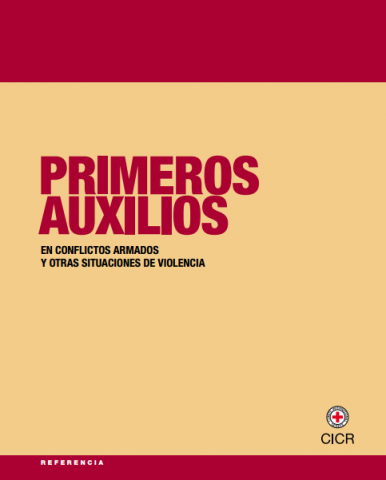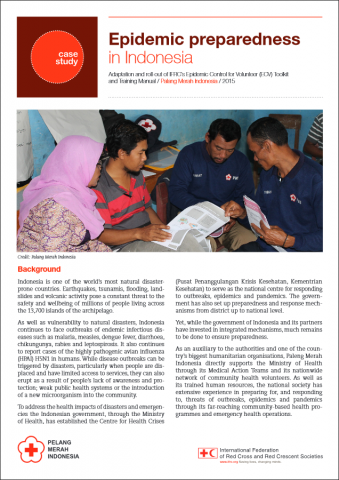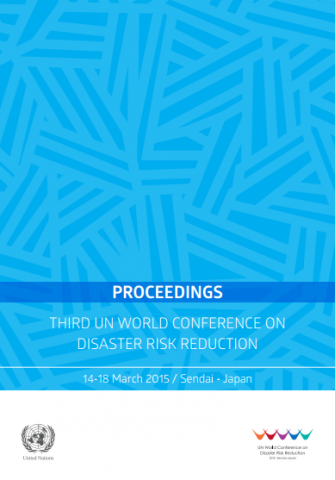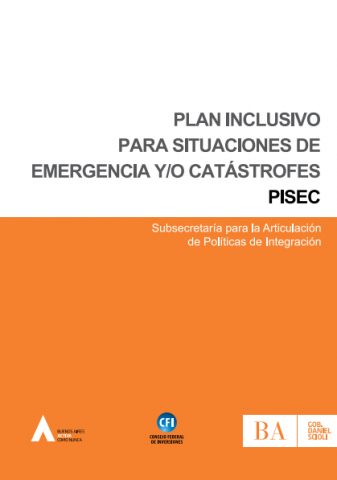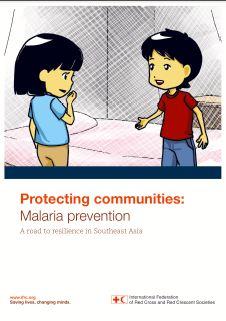Case study 7 – Good Governance: A pathway to local resilience
Since 2011, the Partners for Resilience (PfR) alliance in Nicaragua has been promoting a comprehensive approach to the issues of disaster risk reduction (DRR), climate change adaptation (CCA) and ecosystem management and restoration (EMR). This initiative has also promoted an environment that is conducive to dialogue on PfR’s approaches among the local population and authorities.
Case study 7 – Good Governance: A pathway to local resilience Read More »

